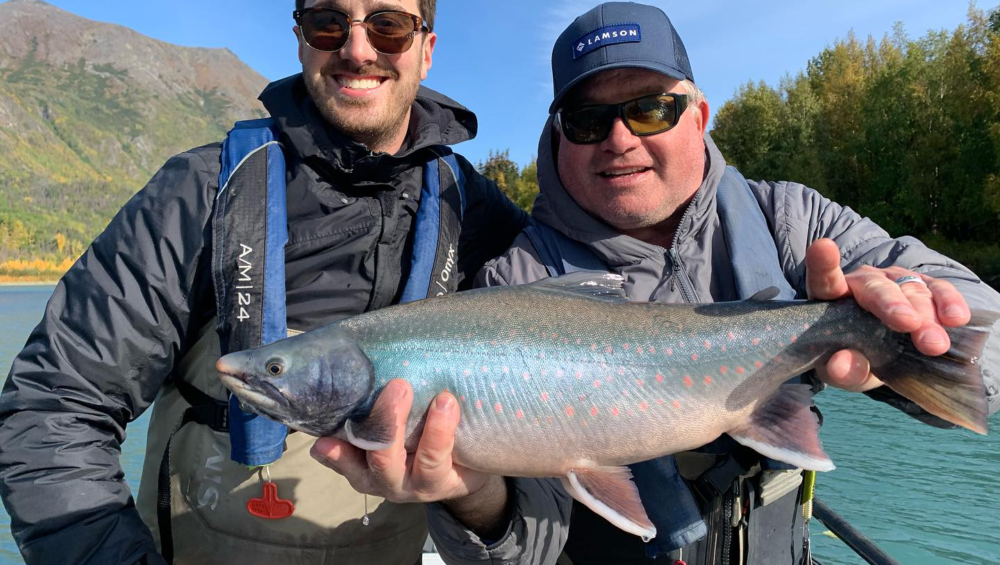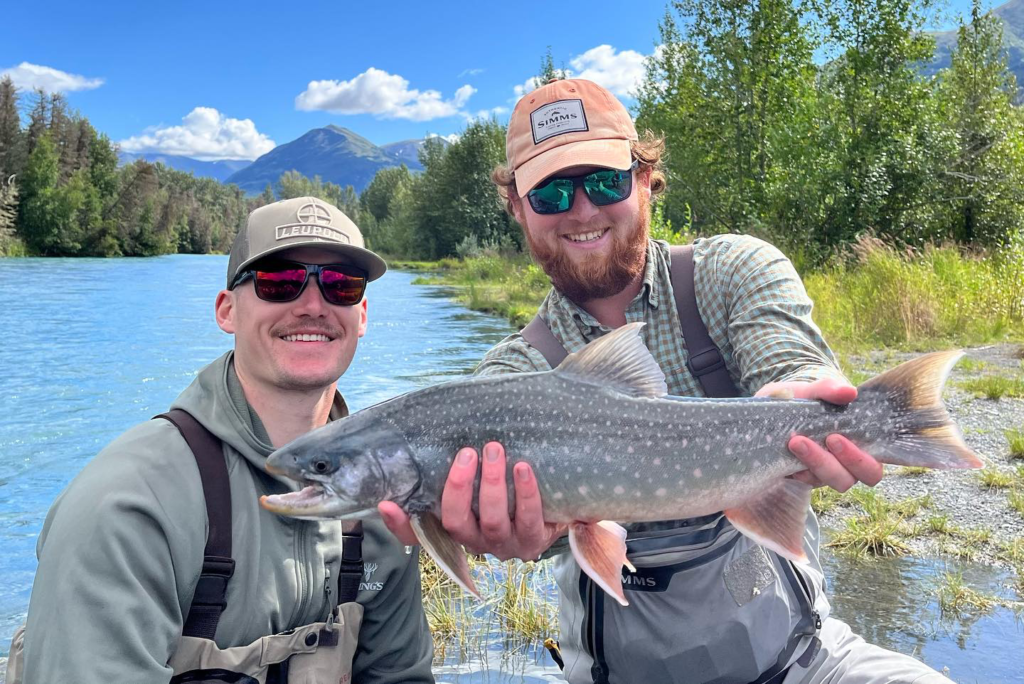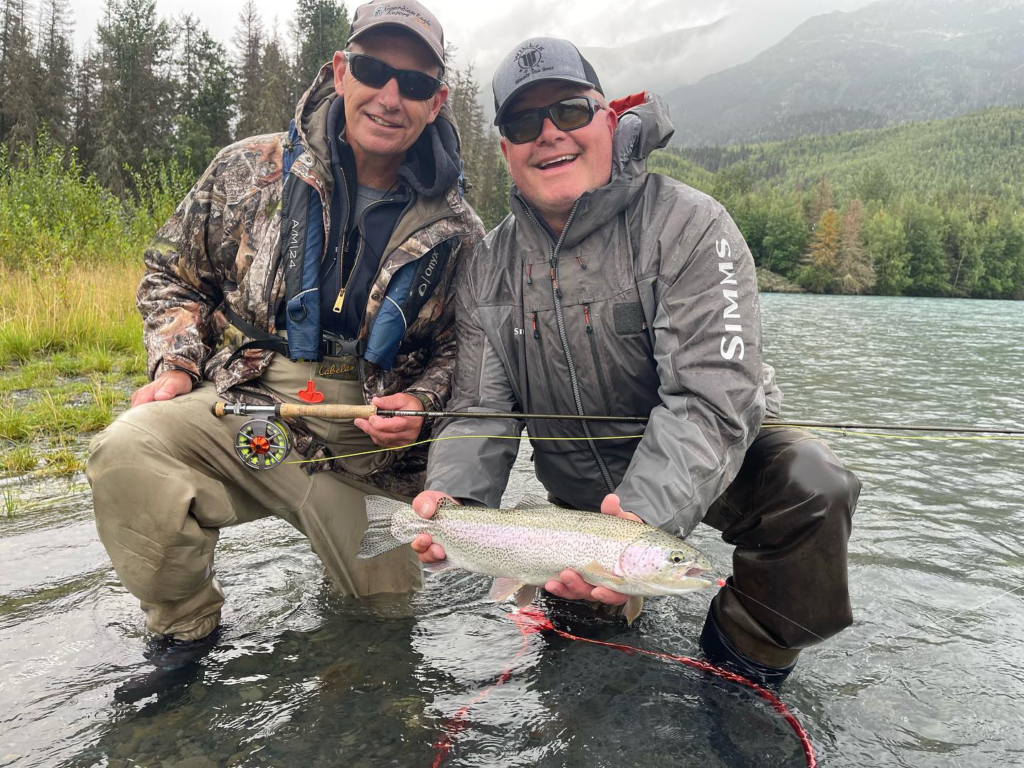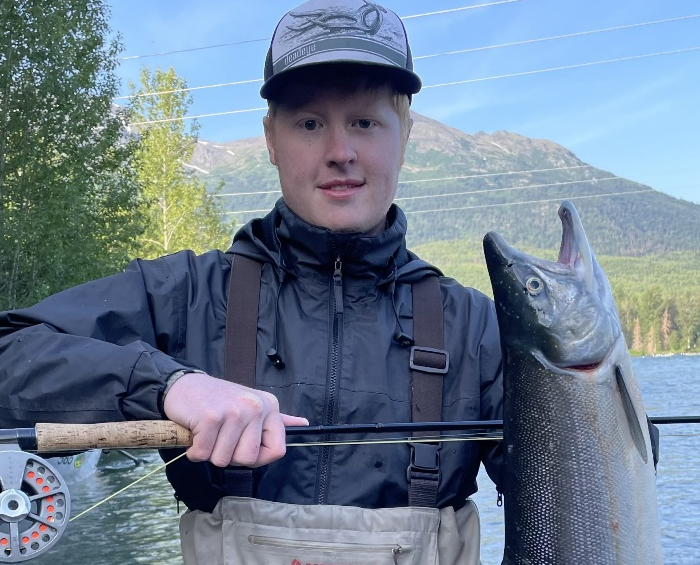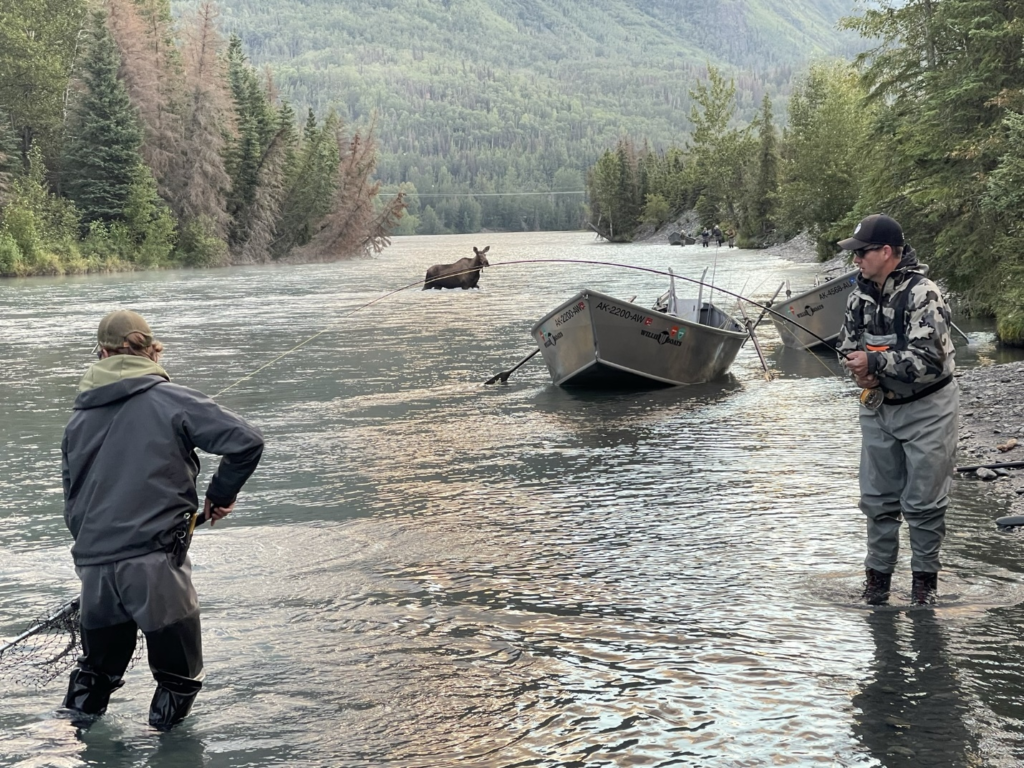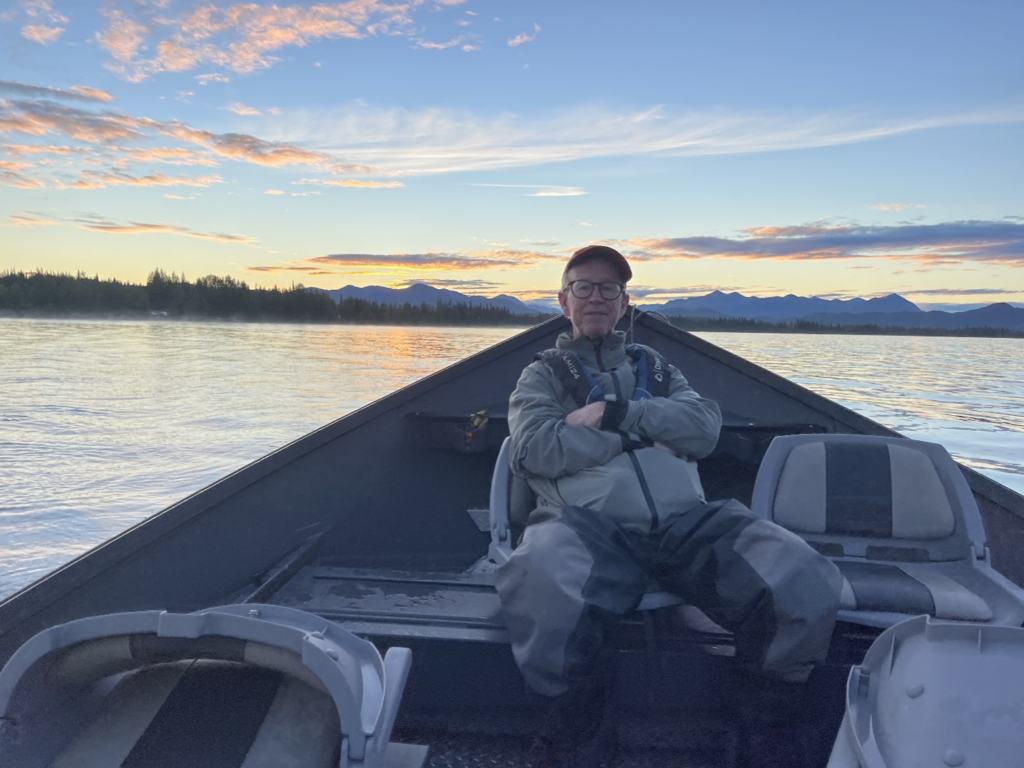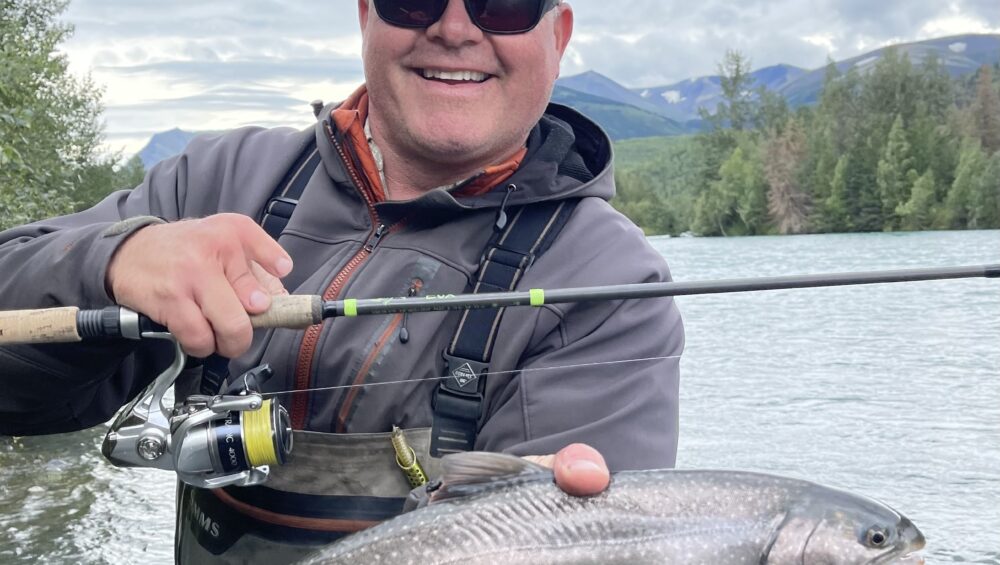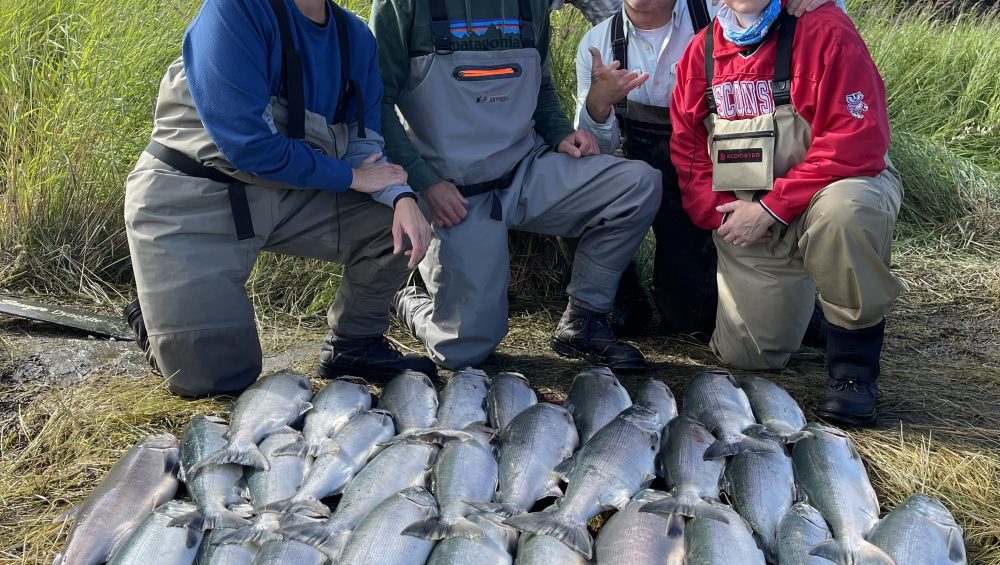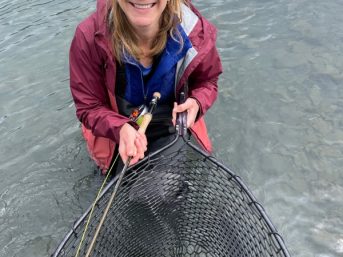As the New Year unfolds, it’s time to cast off old habits and reel in new aspirations. For the avid angler, this means diving deeper than ever before into the art of fishing.
Let’s set aside the usual New Year’s resolutions and embark on a thrilling quest to master the art of angling in ways we never imagined.
Tighten your reels and fine-tune your senses as we navigate the waters of advanced fishing techniques. Whether you’re looking to outsmart the wiliest trout or cast your line in uncharted waters, this year is your opportunity to transform every fishing trip into a masterclass of angling prowess.
Let’s begin!
1. Precision Casting: The Art of Spot-On Targeting
Precision casting is an art form that separates the novices from the masters. In 2024, focus on honing this fishing skill to place your lure exactly where you intend.
This technique is essential (particularly when targeting fish that lurk in specific spots like under a log, beside a rock, or near a riverbank). Precision casting is a matter of understanding the water dynamics, the wind, and the behavior of your lure or fly.
Start by practicing your stance and grip. Your body’s alignment and the way you hold the rod influence the accuracy of your cast. Work on your casting motion; it should be smooth and controlled (not just in the forward cast but also in the backcast).
Consider the type of cast that best suits your environment. Roll casts are great for tight spots with limited backcasting room, overhead casts may be more suitable for open waters, and sidearm casts can be effective in windy conditions. Each scenario on the river may require a different approach; being adept in various casting techniques can significantly improve your precision.
As you practice, set up targets and challenge yourself to hit them consistently. Start with larger targets and gradually decrease their size as your accuracy improves. Precision casting is a fishing skill that takes time to develop, but once mastered, it elevates your fishing game exponentially.
Recommended Read: Cast Out a Fly and Enjoy the Ride
2. Reading the Water
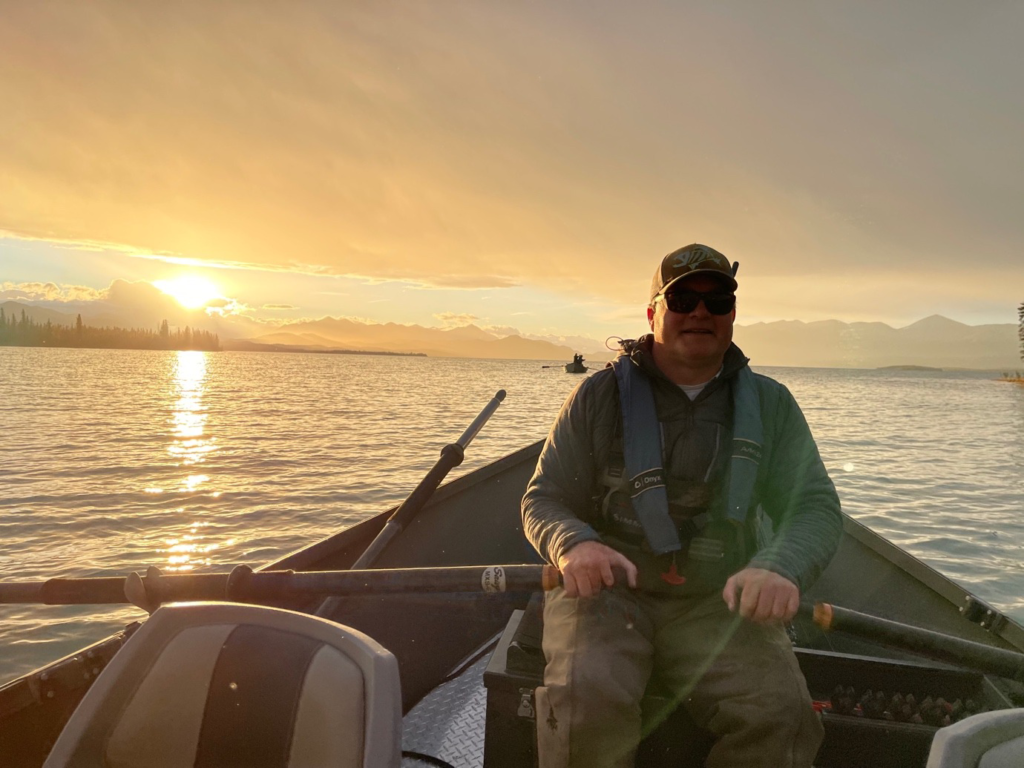
This is an essential fishing skill for any angler aiming to master the art of fishing. It involves understanding the nuances of a river’s flow: where the currents create ideal fish habitats, where they may be feeding, and how to present your lure or bait most effectively. Take the time to study and interpret the language of the water.
Start by observing the surface of the water. Look for ripples, eddies, and seams where different currents meet. These areas are often where fish feed due to the concentration of food. Also, pay attention to the depth and speed of the water. Deeper pools may hold larger fish. Shallower runs could be home to smaller, but often more, fish.
Understanding the underwater topography is also important. Submerged structures like rocks, fallen trees, and weed beds provide shelter and feeding grounds for fish. Being able to identify these structures, even when they’re not visible on the surface, can greatly increase your chances of a successful catch.
Learning to read the water also means understanding how environmental factors like weather, time of day, and season affect fish behavior. For instance, fish tend to be more active and feed closer to the surface during cooler parts of the day in summer.
In order to develop this fishing skill, you require patience, observation, and experience. Spend time on different parts of the river, observe how successful anglers read the water, and don’t be afraid to experiment with your approach based on your observations.
3. Advanced Knot Tying: Beyond the Basics
Knot tying is a fundamental fishing skill, but advancing beyond the basics can be a game-changer. In 2024, challenge yourself to master a variety of knots, each serving a specific purpose and improving your fishing efficiency. Knowing which knot to use in different situations can make a significant difference in the strength and reliability of your fishing setup.
Begin with the palomar knot (widely regarded for its strength and simplicity). It’s ideal for securing hooks and swivels. The double uni knot is another essential; it’s perfect for joining two lines of similar or different diameters. This knot is especially useful for adding leader material to your main line.
For tying lures or hooks to a fluorocarbon or a monofilament line, the improved clinch knot is a go-to due to its strong hold and easy tying process. The surgeon’s knot, on the other hand, is excellent for tying together two pieces of line while maintaining a high percentage of the line’s inherent strength.
Invest time in practicing these knots until they become second nature. Use different types of lines and various conditions to understand how they behave. Keep in mind that the strength of your line and lure setup often comes down to the integrity of your knots.
4. Mastering Different Fishing Styles
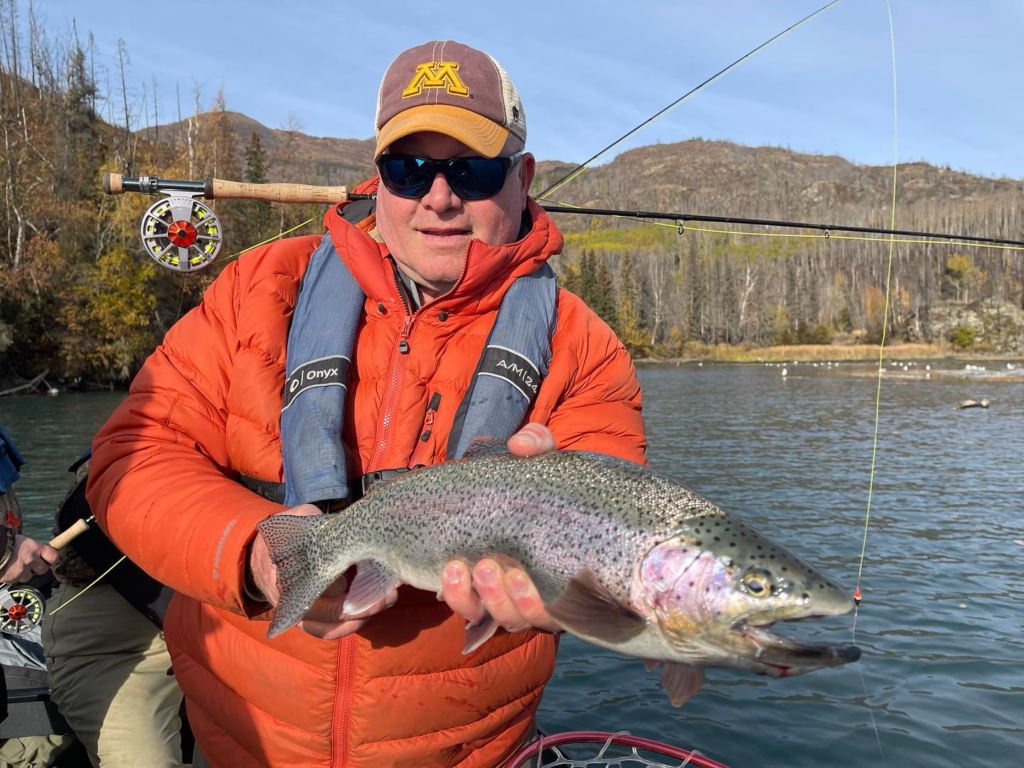
2024 is the perfect year to expand your angling repertoire by mastering different fishing styles.
Each style offers its unique challenges and joys. Fly fishing, with its intricate casting techniques and emphasis on lure presentation, is a style that combines skill with an intimate understanding of fish behavior. It requires a gentle touch, patience, and precision. This style is particularly effective in catching trout and salmon (often in river and stream settings).
Spin fishing, on the other hand, is a more versatile and straightforward approach. It’s suitable for a wide range of water types and fish species. It involves casting a weighted lure and can be adapted to both freshwater and saltwater environments. This style is ideal for anglers who enjoy a more active fishing experience.
Beyond these, consider exploring other styles like baitcasting, ice fishing, or even deep-sea fishing. Each style will challenge you in different ways, teach you new techniques, and expand your understanding of the sport.
5. Understanding Fish Behavior and Habitat
Knowing why fish behave the way they do, which environments they thrive in, and how they respond to different conditions is essential for successful fishing.
Each species has unique behaviors and preferences. Some fish are solitary, while others move in schools. Some prefer the safety of deep waters, whereas others are found in shallow streams. Learning about these habits can significantly improve your ability to locate and catch fish.
For instance, understanding that trout often feed in currents where food is abundant will help you choose the best spots for casting your line.
The spawning cycles of fish are also critical to understand. Many species have specific times of the year when they spawn (which can greatly affect their feeding patterns). Knowing these cycles can help in planning your fishing trips and choosing the right strategies.
Environmental factors such as water temperature, light levels, and weather conditions also play a significant role in fish behavior. Fish may feed more aggressively before a storm or during cooler parts of the day in warmer seasons. Adapting your approach to these conditions can make your fishing more effective.
Elevate Your Angling Journey with Expert Guidance
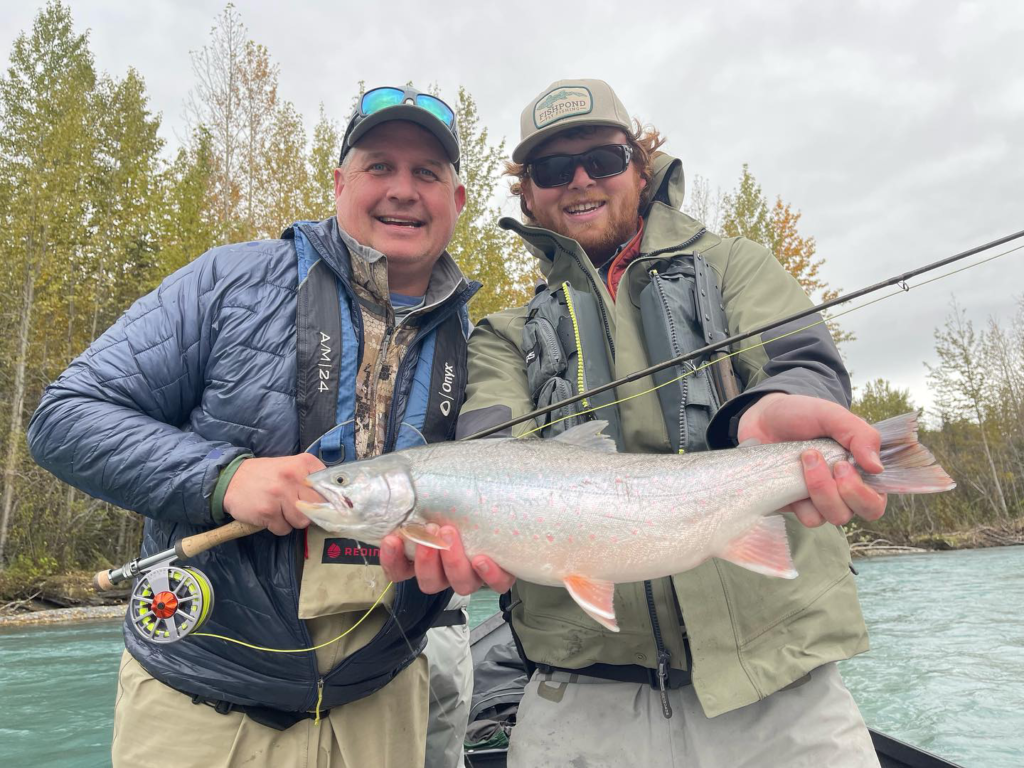
While we’ve delved into the intricacies of precision casting, unraveled the secrets of reading water, tied complex knots, explored diverse fishing styles, and understood the subtle behaviors of fish, there’s an invaluable element that binds all these fishing skills together: expert guidance.
This is where our services become instrumental. At Jason’s Guide Service, we offer you the wisdom and experience of seasoned professionals. Our expertise in the varied landscapes of the Kenai River and our understanding of its diverse aquatic life are at your disposal. Whether you’re perfecting your cast, deciphering the river’s language, or exploring new fishing frontiers, we’re here to guide you every step of the way.
Are you ready to plan an exciting fishing trip on the Kenai River? Book now! We plan salmon fishing tours, guided rainbow trout trips, and so much more. Our fly fishing guides are ready to take the reins and show you a terrific time.

